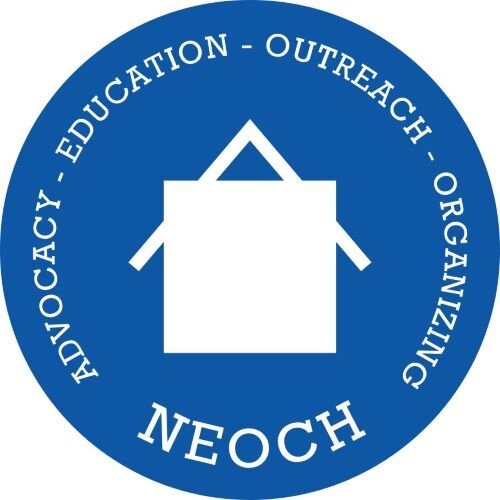New Orleans News Items Around Homelessness
The New Orleans-area homeless population is estimated at 4,900 (for one night)– twice as big as before the levees failed in 2005 after Hurricane Katrina – and the majority sleeps in the some 40,000 abandoned buildings that remain after the storm. This is an aspect of the city that most tourists don’t see... (FYI: This is more than twice the number found homeless in Cleveland on the same night).

Abandoned houses marked with X, homeless people and drug addicts begging on the streets - this is the legacy of Hurricane Katrina after 10 years. Ohio native Johnny Joo said that while other parts of the city have been successfully regenerated, the East Side – which was an impoverished area before Katrina – has continued to struggle. This article has some amazing photos associated with the story.
A recent count found about 1,703 long term homeless people in New Orleans and the neighboring metropolitan area of Jefferson Parish, according to UNITY of Greater New Orleans, a collaboration of homeless agencies. That's an 85 percent decline in homelessness since 2007 (two years after the levee collapse), when it was at its peak after Katrina with 11,619 homeless people. These are based on the flawed complete count numbers which are unreliable at best. It also should be noted that the half the population of New Orleans has not returned to the city.
The 10th anniversary of Hurricane Katrina, which killed at least 1,836 people and is considered the costliest natural disaster in U.S. history, is Aug. 29. But 10 years later, many survivors have left and never returned, others are still rebuilding, and much of the city's Lower Ninth Ward remains uninhabited. NPR did a month of stories about the recovery effort with many interviews of people they first met 10 years ago.
New Orleans still bears the scars of Hurricane Katrina, ten years later. More than 500,000 people fled when the storm hit, and many never returned. Many hurricane survivors continue to experience mental health problems related to the storm, whether or not they returned to New Orleans, say researchers tracking Katrina’s psychological aftermath.
In May 2009, about four years after Katrina destroyed most of New Orleans, a locally based research nonprofit called the Bureau of Governmental Research issued a key finding: subsidized housing will assist more of the poorest households in New Orleans than before the disaster, and a far greater number of low- and moderate-income households with incomes between 40% and 80% of median. The projections have not been met and poor people are paying a higher percentage of their income for housing. The 2008 downturn had a really bad impact on the development of affordable housing in New Orleans (and the rest of the country).
This American Life had an hour on the aftermath of the levee collapse in New Orleans including the resident of the Lower 9th Ward who had moved to Dallas. She was back in New Orleans but had to spend part of her time in Dallas begging for money for food and diapers for her kids. The whole hour is worth listening to about the dynamics of people moving into the neighborhood vs. those who survived the drowning of the City.
Ten years later, New Orleans, which took the brunt of the damage when the levees failed, submerging 80% of the city, is a vastly-improved place on many levels. High school graduation rates have jumped from 56% before the storm to 73% today, thanks to a proliferation of charter schools.
by Joyce Robinson
Posts reflect the opinion of those who sign the entry.
